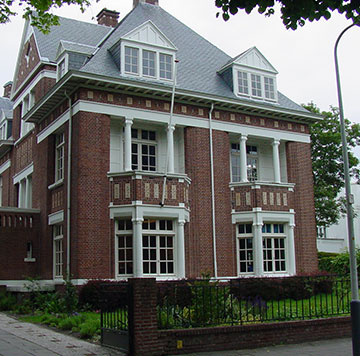RFMO-04 - Rapid fire session from selected oral abstracts
Saturated Fatty Acids Modulate The Expression Of Breast Cancer Resistance Protein (bcrp) At The Blood-brain Barrier.
- By: OLADIRAN, Karryl (Monash University, Australia)
- Co-author(s): Mrs Karryl Oladiran (Drug Delivery, Disposition and Dynamics, Monash University, Parkville, Victoria, Australia)
Dr Stephanie Newman (Drug Delivery, Disposition and Dynamics, Monash University, Parkville, Victoria, Australia)
Dr Joe Nicolazzo (Drug Delivery, Disposition and Dynamics, Monash University, Parkville, Victoria, Australia) - Abstract:
Background information:
The ATP-binding cassette (ABC) transporter, breast cancer resistance protein (BCRP), is an efflux transporter at the blood brain barrier (BBB) that actively extrudes and limits the entry of a variety of xenobiotics into the brain. Typical dietary constituents of a high fat diet such as saturated fatty acids (SFAs) are presumably peroxisome proliferator-activated receptors alpha (PPARα) ligands and have been associated with a reduction in the bioavailability of BCRP substrates. As it has been suggested that PPARα ligands regulate the expression of BCRP, it was therefore hypothesised that a combination of SFAs would enhance the expression of BCRP at the BBB and reduce the delivery of CNS-targeted drugs.
Purpose:
To assess whether a combination of SFAs [palmitic acid (PA) + stearic acid (SA) + myristic acid (MA)] can enhance the expression of BCRP at the BBB.
Method:
Immortalised human cerebral microvascular endothelial (hCMEC/D3) cells were treated for 24 – 48 h with a range of equimolar concentrations of the SFAs based on the plasma free fatty acid concentration after a high SFA diet (i.e. 5-50 µM). hCMEC/D3 cell viability was assessed using an MTT assay. Western blotting was used to quantify the protein expression of BCRP in whole cell lysates (normalised to the signal of housekeeping protein, β-actin) as well as in membrane fractions, given that SFAs may also affect localised changes to BCRP levels at the plasma membrane (normalised to the signal of housekeeping protein, Na+/K+-ATPase), affecting the efflux function of BCRP.
Results:
Treatment of hCMEC/D3 cells with a non-toxic concentration of a combination of SFAs for 24- 48 h, however, only the treatment for 48 h treatment significantly (P < 0.05) enhanced BCRP protein expression 1.22-fold in whole-cell lysates. It is possible that this increase in total cell expression of BCRP was membrane-associated given that SFA treatment resulted in a 1.3-fold increase in BCRP protein expression in membrane fractions.
Conclusion:
Our findings suggest that a combination of SFAs can enhance the expression of BCRP at the BBB. Based on our hypothesis, it is expected that this intervention may increase the function of BCRP at the BBB, therefore negatively impacting on CNS delivery of pharmacotherapeutics. In future studies, the function of BCRP at the BBB will be assessed by measuring the intracellular accumulation of the fluorescent BCRP substrate, Hoechst 33342. Due to the changes in BCRP protein expression, it is imperative to assess whether the observed changes induced by a combination of SFAs were due to modulation of ATP-binding cassette subfamily G member 2 (ABCG2), which is a gene encoding BCRP, transcriptional mechanisms and therefore ABCG2 mRNA would be quantified by RT-qPCR in the presence of SFA treatment.

